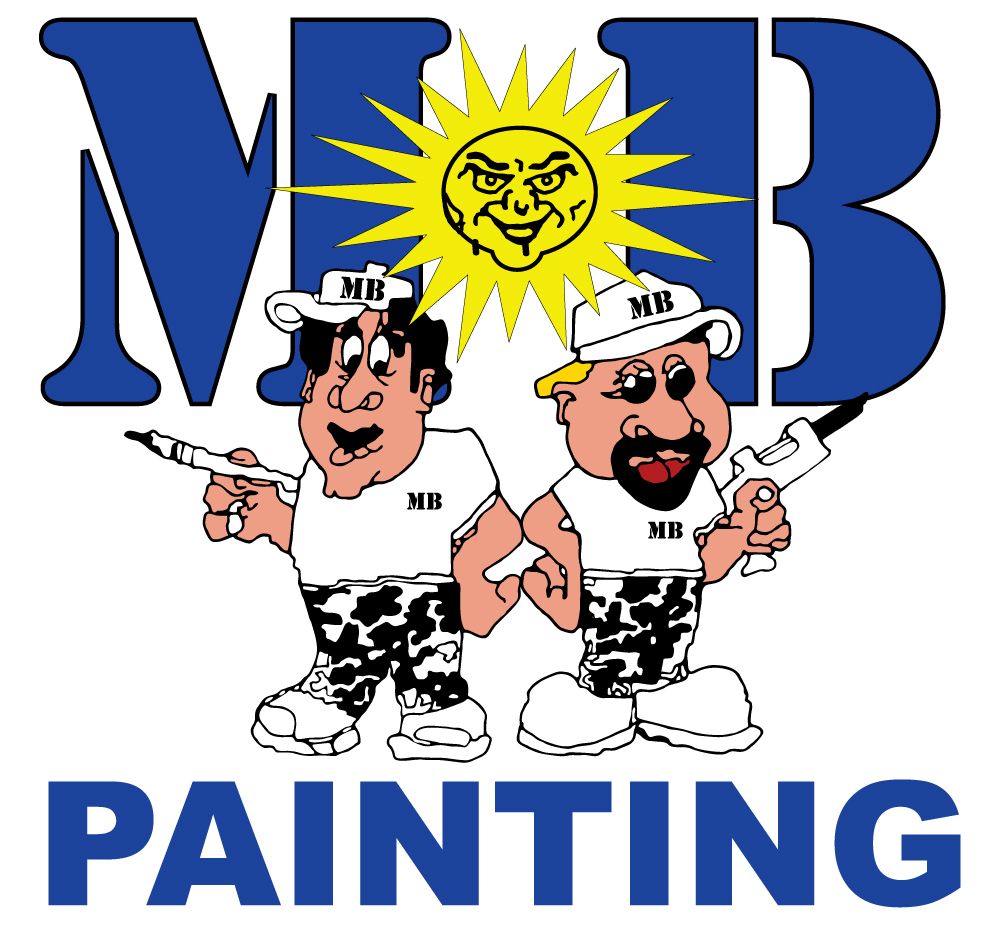Different Types of Drywall
It may seem easy to install drywall. The material is lightweight and smooth, which is necessary for interior walls and ceilings.
Drywall is a popular option for homes across the country. It's cheaper than plaster, and some of its special features include easy installation, sound insulation, and a smooth finish. This interior wall construction material is typically made from gypsum and comes in different types. To ensure walls and ceilings are secure, homeowners must choose the right one.
Here are the different types of drywall and their applications:
Whiteboard drywall
Whiteboard drywall is the most common option. It typically consists of gypsum, water, paper, and certain additives. While it's great for most rooms, it lacks durable properties like mold protection.
Homeowners can choose a whiteboard for living rooms and bedrooms if they're on a budget. However, it isn't the best option for kitchens or bathrooms due to the risk of water damage. Since it's so versatile, homeowners can find the appropriate thickness.
Paperless drywall
Instead of paper, this drywall type utilizes fiberglass, making it more durable and especially resistant to mold and mildew. The downside is that paperless drywall is harder to install. Professionals might find it a challenge to cut and will also need to apply a special joint compound to achieve a smooth finish. Furthermore, it's more expensive than other options.
Greenboard drywall for bathrooms and kitchens
Greenboard drywall is appropriate for bathrooms, kitchens, and rooms with more water and humidity. This is because they have an additional wax coating that protects the interior from moisture accumulation. They're not waterproof but water-resistant. Therefore, homeowners can use them as a backing for tile installation.
Superior protection with purple drywall
Purple drywall is a good option for areas with high moisture, such as kitchens and bathrooms. Also, it offers better protection from mold and mildew than green drywall. It's much more resistant, durable, and made from gypsum and 100% recycled paper.
X drywall for fire resistance and soundproofing
To decrease the chance of fire spreading, homeowners can opt for X drywall. This type is thicker and comes covered in fiberglass. Professionals can also install more than one layer for added protection. With multiple layers, this special X drywall doubles as effective sound insulation. It's most often used in basements, garages, and apartment buildings.
Veneer plastering goes best with blue drywall
Blue drywall is yet another option for homeowners. It's not the most moisture-resistant option. However, it does go well with adding a veneer plaster coating, and the joints don't need any special attention since a plaster goes on top of it.
Eco-friendly and sustainable drywall
Homeowners conscious of sustainability should go with eco-friendly drywall. This option produces less CO2 emissions and consists of 100% recycled paper.
Flexible drywall for special architectural elements
Not every wall in the house is straight. Flexible drywall is great for archways, rounded walls, or other special architectural elements. It still has the same gypsum core as other drywall options but is thinner and is designed to be much more pliable.
Install drywall the right way
It may seem easy to install drywall. The material is lightweight and smooth, which is necessary for interior walls and ceilings. However, its installation requires the right expertise, equipment, and experience. Instead of trying to install a drywall yourself, consider calling a professional. Depending on your needs, they can deliver a personalized approach and even recommend the best drywall option.
M & B Painting, a Father-Son family-run business, has a proven record of Service Excellence in residential and commercial interior and exterior paint projects. Call us at 623-289-3366 for all of your painting needs!

